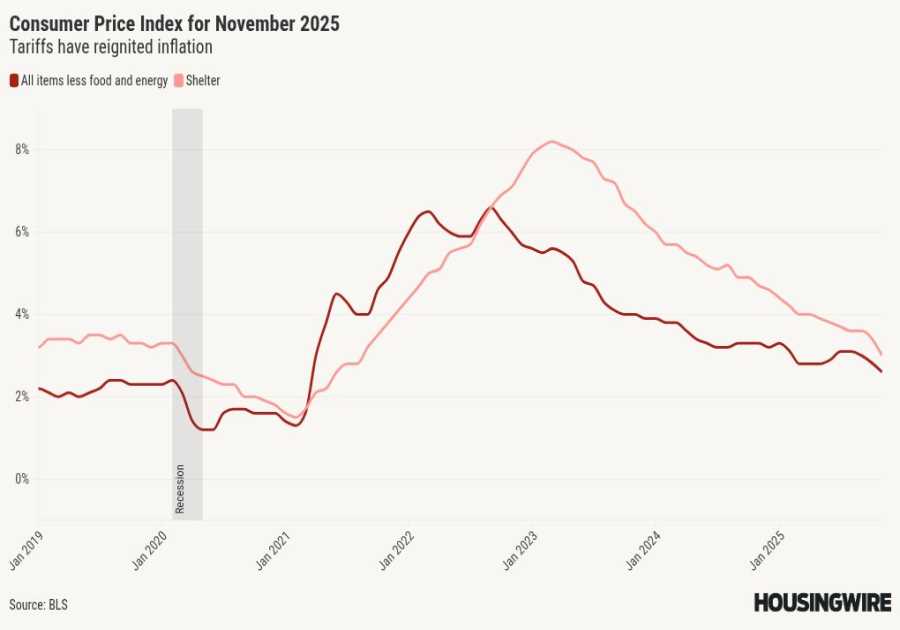Kevin Mazur/Getty Images for Parkwood
- In 2023, everyone wanted to be at live events.
- A Renaissance outfit or an Eras Tour crewneck signaled that you were one of the select few who made it.
- In the midst of a loneliness epidemic, we all just want to be a part of something.
This year, many people found themselves up in Beyoncé's house of Renaissance, at Taylor Swift's Eras Tour, lounging in an AMC theater, or cheering at a WNBA game.
It's why your social media feeds are full of more and buzzier concerts — with intricate outfits to match.
"Concerts are in!" Sean Nesmith, a 24-year-old media strategist, said. He attended Beyoncé's Renaissance Tour three times this year, alongside a myriad of festivals and other artists.
"Coming off the pandemic, so many of us are just excited to be able to hear our favorite artists performing live," he said. That's partially what's made live events into 2023's ultimate status symbol: A perfect storm of pandemic-era productivity by artists, a renewed comfort with tightly packed crowds, and a shared social media language that's made going to certain events a particularly covetable in-group experience.
Posting about your Eras Tour or Renaissance Tour experience — or more niche artists like boygenius — is a way to signal that you have friends, good taste, time, money, and care about fun experiences. With a loneliness epidemic leaving many Americans stuck alone on their couches or working from a home office, live experiences are a stark contrast to the status quo. With the blurring of the virtual and physical world, intense fandom has taken on a new form: It's also a way to outwardly express and engage with micro-communities and identities that have sprung up around artists.
After all, Gen Zers and millennials are helping fuel an experience boom. 2023 was the year that live events became even more of a shorthand for our identities, and it's a trend that'll only continue into the next year.
Everyone was really excited to go out, and they were willing to spend a lot of money on it
You can chalk some of the fervor up to outdoor events and experiences taking on a greater meaning after years of quarantining, according to Elizabeth Currid-Halkett, a professor of public policy at USC and the author of "The Sum of Small Things: A Theory of the Aspirational Class." All of that only accentuated an emerging pattern of people prioritizing experiences over other kinds of spending, especially among the 1%, according to Currid-Halkett.
"This is what life's all about, right? It's not just material goods, it's living your life to the fullest, which I think people have really come to appreciate and not take for granted," Currid-Halkett said.
And it was indeed a blockbuster year for live events: Live Nation said that it had a record-breaking third quarter, with revenue up 32% year-over-year to $8.2 billion. That's compared to $3.8 billion by the third quarter of 2019. It was a record quarter for concerts, which brought in $7 billion in revenue and saw record attendance — up 21% from last year.
StubHub said it saw a blockbuster summer concert season, driven by female artists like Taylor Swift and Beyoncé. And personal consumer expenditure data shows that people were spending a whole lot of money on live events.
Concerts also had a supply and demand issue this year: With several major artists hitting the road, and a population primed to spend on experiences, there just weren't enough tickets to go around.
"Ultimately, there was a scarcity issue. Everybody wanted those tickets and people were paying huge premiums to get them," Currid-Halkett said.
That sense of exclusivity was also only fueled by mad dashes in hours-long Ticketmaster queues. A ticket to the Eras Tour, or the Renaissance Tour, meant that you had the time, money, and energy to invest in getting yourself to the show.
2023's town square of TikTok and micro-communities made concert-going into an event
Part of the surge in live events, and their role as a status symbol, is just how easy it is to show off that you're there — and to create a language that signals your membership in a particular micro-community. Beyoncé fans had the mute challenge; Swift fans had myriad call-outs — hey, stop! — and their elaborate friendship bracelets. StubHub found that Gen Zers and millennials were twice as likely than other generations to share their live experiences over video call to friends and family, and were 2.5 times as likely to buy themed outfits for their events.
"With all of the social media activity that's happening at concerts, there is sort of a component of social validation. People are seeking recognition," Morgan Milardo, the managing director of the Berklee Popular Music Institute, said. That can perhaps also be seen in the trend of people throwing things onstage at concerts, Milardo said: Concertgoers are seeking validation and attention from the artists and people around them.
Live posting events — and getting engagement — helps validate the choice to spend money on a concert, Milardo said. It can also instill FOMO for the unlucky fans left behind, watching through TikTok or FaceTime. And social media also shows who were the lucky chosen few that battled Ticketmaster queues for coveted tickets, or camped out to be at the pit barricade.
Concerts also present an opportunity to transfer the digital bonds that fans created during the pandemic into IRL ones. It's part of community seeking, Nesmith said, knowing that not only are you seeing your favorite artists, "but you're seeing your Twitter mutuals and the people who you only recognize by their silly Twitter handle — you're seeing those people in person too."
Of course, intense fandom and concertgoing isn't a new phenomenon. Beatlemania still rages to this day, and there's been plenty of intense fandoms for decades (and even centuries) devoted to their favorite artists.
But just as the Internet has helped create niche micro-identities — different types of "core" that seep into the mainstream — concert core, and the ability to document it so immediately, has made live events into an even more communal, covetable experience; it's also one where attendees signal just how devoted they are. And the remnants of those concerts, like the much-coveted Eras Tour blue crewneck (available exclusively at the tour) become enviable symbols of status.
"We see that time again that these kinds of material objects — which aren't necessarily inherently valuable or even inherently expensive — I mean, the sweatshirt won't nearly be the cost of the concert ticket, but they become symbolic of being a part of an elite group," Currid-Halkett said.
And beyond social media, concerts have also ballooned from one-night events into full experiences. BI previously spoke to several Swifties who were making their Eras Tour excursions into Swiftcations, spending days in new cities — and giving them economic boosts.
Even the outfits of concertgoers these days are "more thoughtful and more crafted and more specific," Milardo said. They're more costume than a simple going out outfit.
"Only just a few years ago I would've felt totally comfortable going to a concert in jeans and a T-shirt, and that's not the case anymore. I mean, people are planning their outfits weeks, months ahead of time because it's more than an outfit," Milardo said. "It's a costume. It's who you are. It's become part of your status."
Read More
By: [email protected] (Juliana Kaplan)
Title: Live events became a status symbol in 2023
Sourced From: www.businessinsider.com/taylor-swift-beyonce-concerts-status-symbols-social-media-ticketmaster-2023-12
Published Date: Sat, 23 Dec 2023 10:47:01 +0000
.png)





